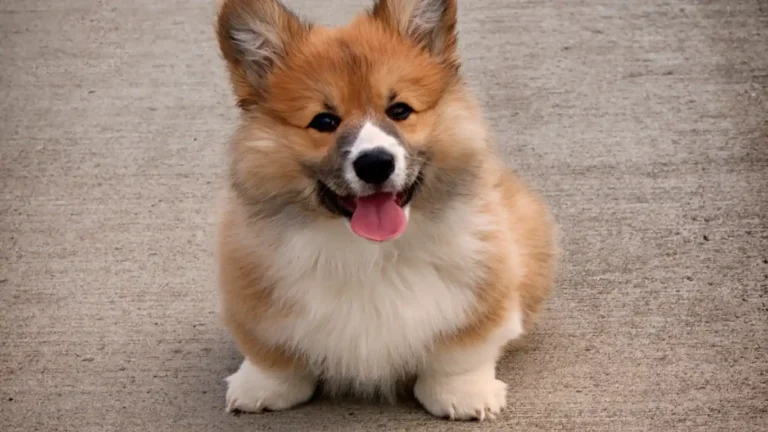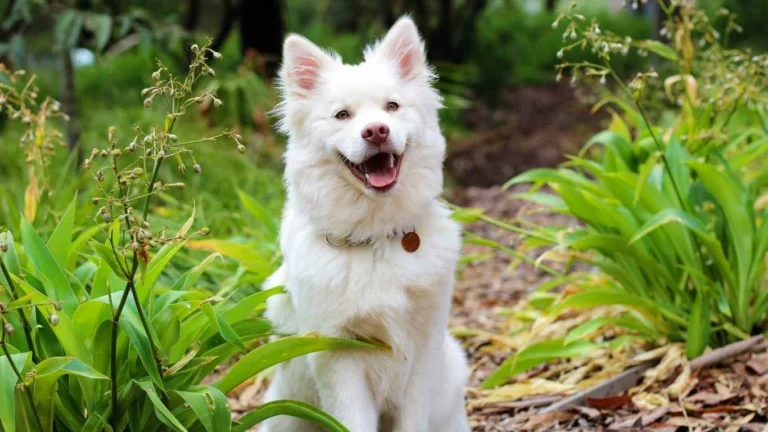Discover the Best Diet for Dogs Prone to Obesity: Ultimate Guide to Healthy Weight
If you’ve ever worked with dogs prone to obesity, like I have during my years as an Animal Care Specialist in shelters and clinics, you know how tricky it can be to find the best diet for dogs prone to obesity. It’s not just about cutting calories or feeding less; it’s about understanding what fuels their bodies in the healthiest way possible. Overweight dogs face a ton of health risks—from joint problems to diabetes—and as someone who’s seen many pets transform through proper nutrition, I can’t stress enough how vital a balanced, thoughtful diet is.
Understanding Why Some Dogs Gain Weight Easily
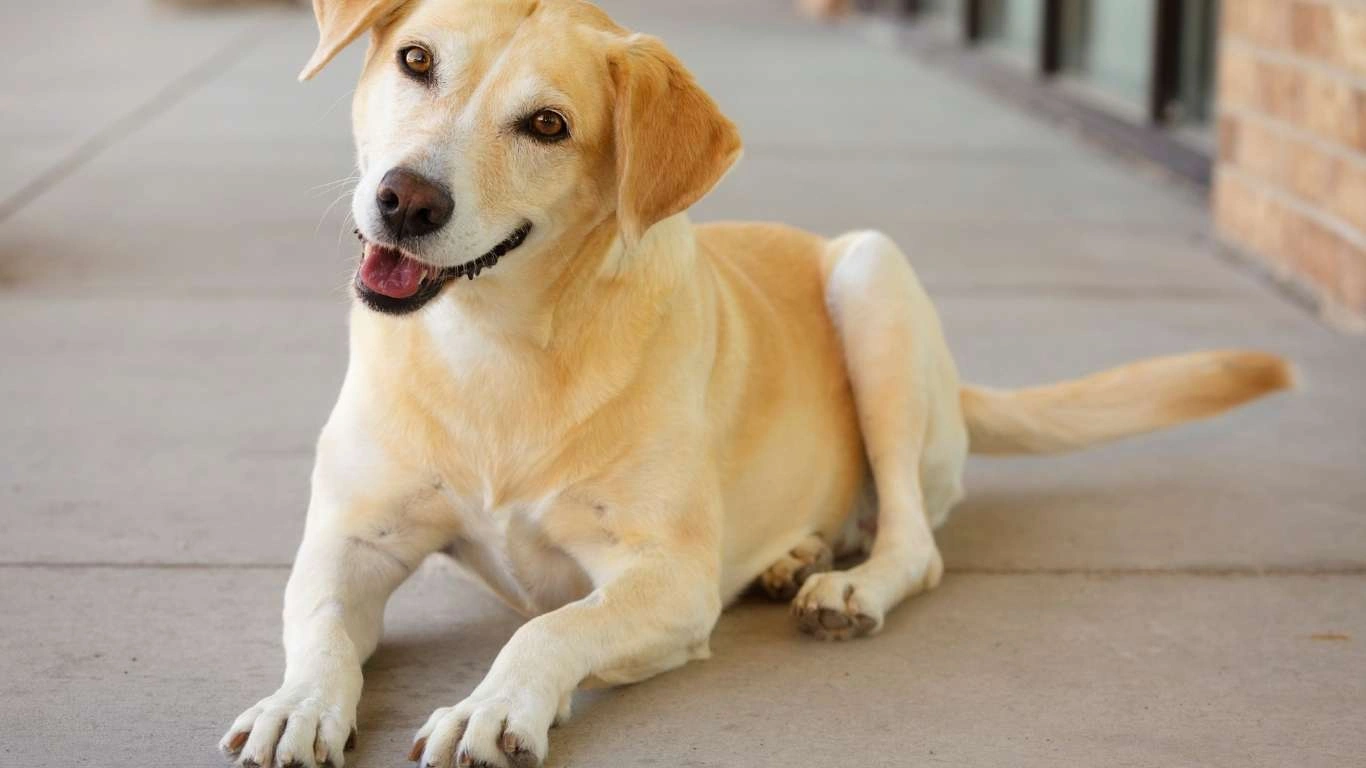
One of the first things I noticed on the job is that not all dogs put on weight for the same reasons. Sometimes, it’s a simple matter of overfeeding or lack of exercise. Other times, it’s a mix of genetics, metabolism, and even certain health conditions. Dogs with slower metabolisms or breeds predisposed to obesity, like Labradors or Beagles, often need extra attention to what goes into their bowls.
In shelters, where activity can be limited, obesity can sneak up on even the most active dogs. I’ve seen energetic dogs become sluggish when their diet wasn’t adjusted to their energy levels or when they were simply fed generic dog food not tailored to their needs. The best diet for dogs prone to obesity isn’t a one-size-fits-all solution—it’s about balance and quality.
Key Factors Affecting a Dog’s Weight
- Breed and genetics: Some dogs naturally carry more weight and have a slower metabolism.
- Activity level: Dogs who are less active burn fewer calories, so their diet needs to reflect that.
- Age: Older dogs tend to slow down, which means they need fewer calories but still require vital nutrients.
- Health issues: Hypothyroidism and other conditions can cause weight gain.
Choosing the Best Diet for Dogs Prone to Obesity
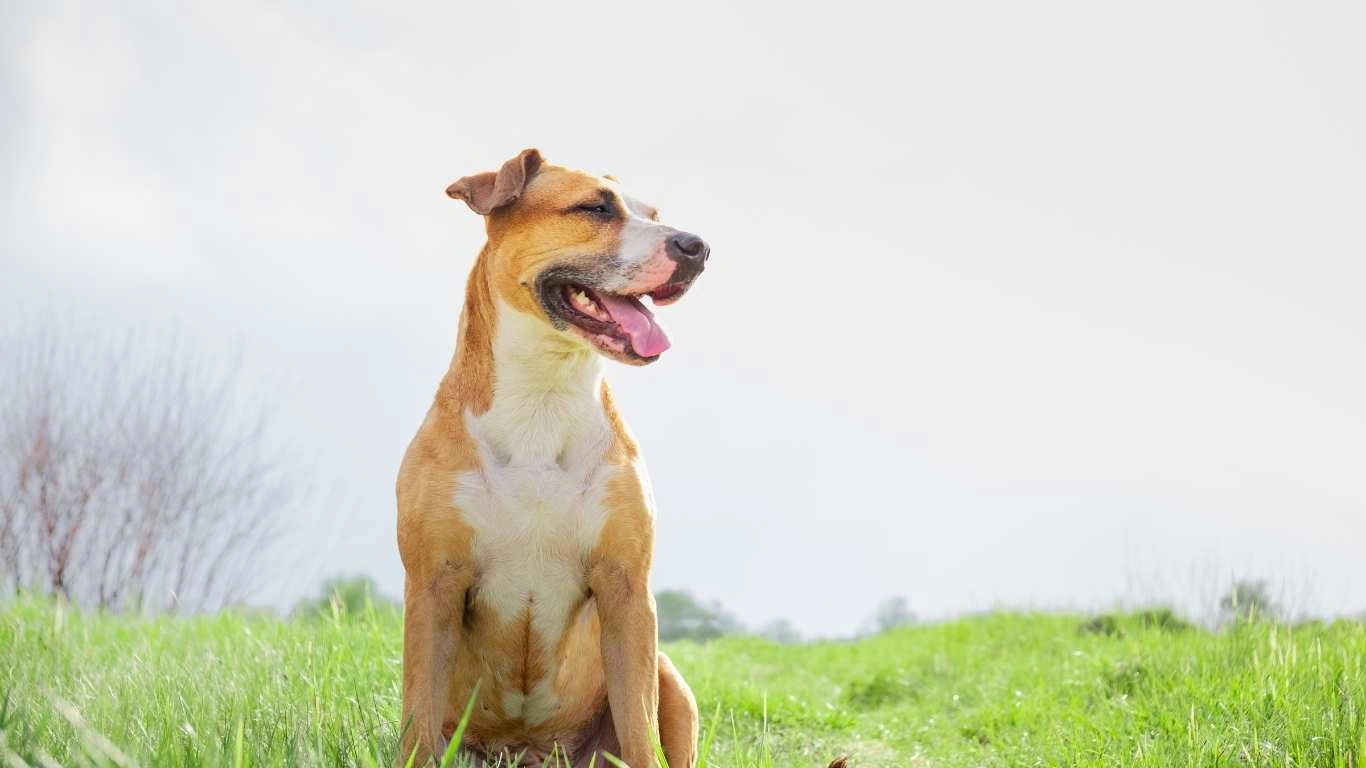
From my experience, the best diet for dogs prone to obesity has a few core elements that must be kept in mind. First, it’s crucial to pick foods that provide high nutrition without unnecessary fillers or excess fats. Many commercial dog foods are loaded with carbohydrates and low-quality ingredients that contribute to weight gain.
When working with overweight dogs, I always recommend a diet focused on:
- High-quality protein: Helps maintain lean muscle mass, which is essential for burning calories.
- Low to moderate fat content: Fat is calorie-dense, so it needs to be controlled carefully.
- Fiber-rich ingredients: Fiber aids digestion and keeps dogs feeling full longer, reducing overeating.
- Balanced vitamins and minerals: Supports overall health and metabolism.
In shelters, I’ve seen excellent results switching dogs to diets that emphasize lean meats like chicken or turkey, paired with wholesome vegetables like sweet potatoes and green beans. These foods provide nutrients without the calorie overload. Plus, fiber-rich veggies help keep their digestive systems happy, which is super important for any dog battling obesity.
Practical Tips for Feeding Dogs Prone to Obesity
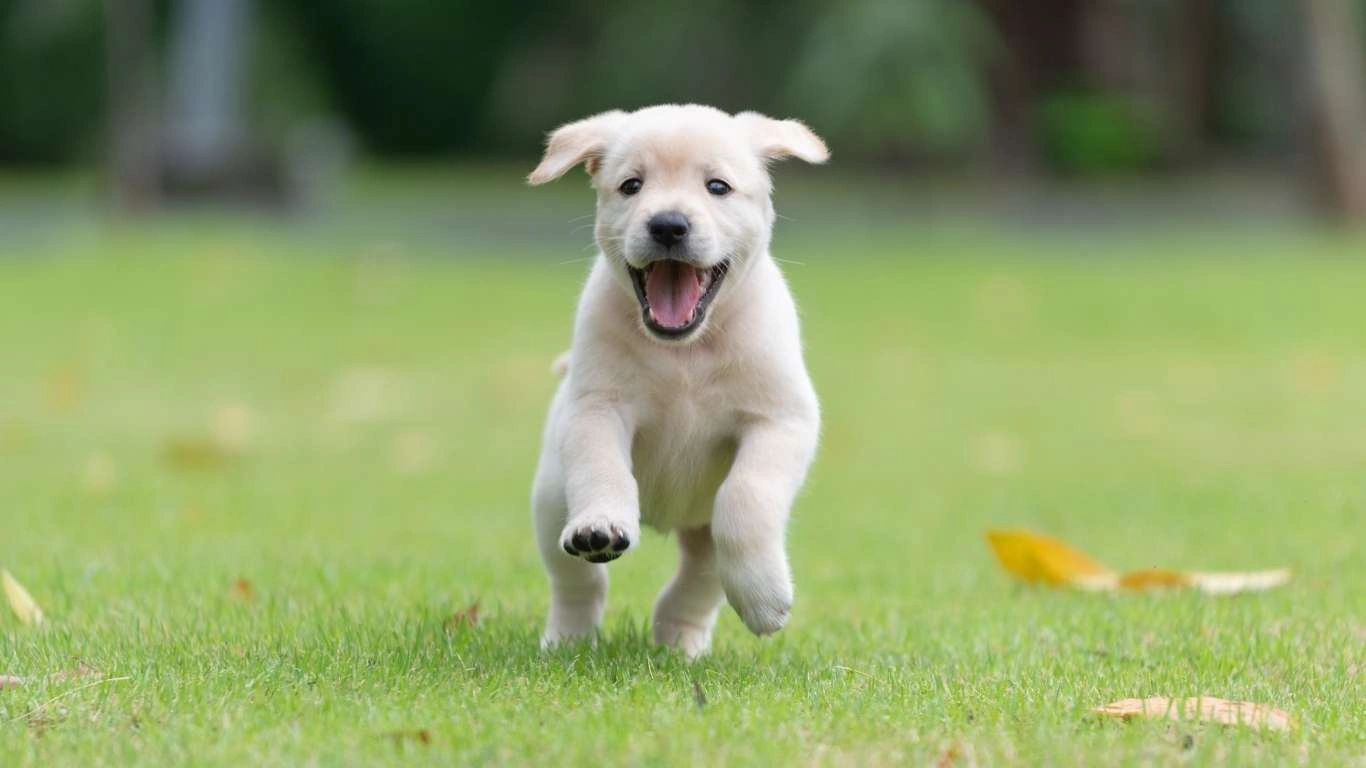
One thing I’ve learned through hands-on work in shelters is that feeding dogs prone to obesity is about more than just choosing the right food—it’s also about how you feed them. Portion control and feeding routines play a huge role in keeping weight in check.
Here are some of the practical feeding tips I often share with dog owners and shelter staff alike:
- Measure every meal: Eyeballing food portions is a recipe for weight gain. Using a measuring cup ensures your dog isn’t accidentally overeating.
- Stick to a schedule: Dogs thrive on routine. Feeding at the same times every day helps regulate their metabolism and prevents begging or unnecessary snacking.
- Avoid free feeding: Leaving food out all day encourages grazing, which can quickly add up to extra calories.
- Limit treats: Treats should be given sparingly and counted as part of the daily calorie intake. I always recommend choosing low-calorie, healthy treats like baby carrots or green beans.
- Watch for human food: It’s tempting to share your snacks, but many human foods can contribute to obesity and cause other health issues.
From my personal experience, these small changes can have a big impact. I remember a sweet Labrador mix named Bella who came into the shelter severely overweight. By simply switching her to measured meals with a diet formulated for weight management and cutting back on treats, she began shedding pounds steadily within weeks. It’s amazing how dogs respond when their nutrition and feeding habits are dialed in.
Why Regular Exercise Complements the Best Diet for Dogs Prone to Obesity
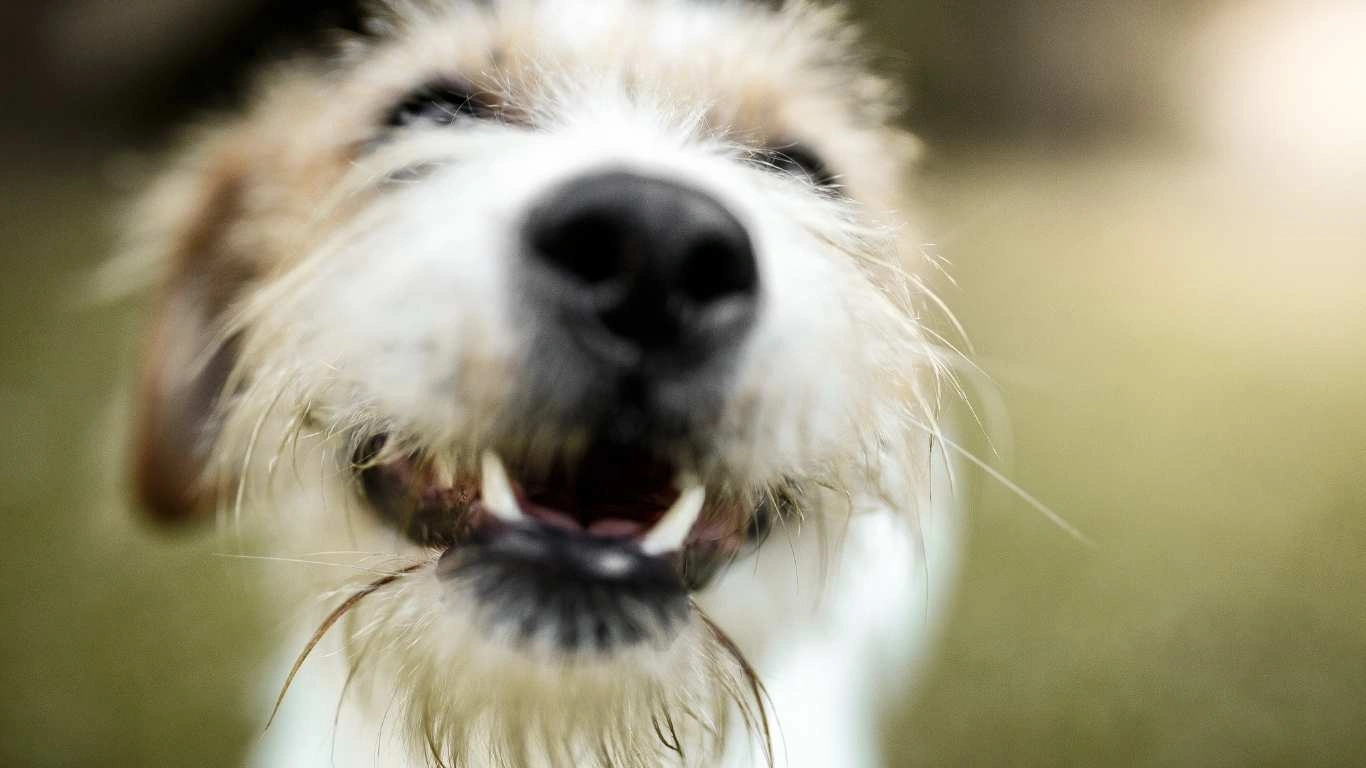
While nutrition is the foundation of weight management, pairing it with consistent exercise is what really seals the deal. I’ve seen plenty of dogs who didn’t lose much weight until they got moving more regularly. Exercise helps burn calories, build muscle, and improve overall well-being.
But here’s the catch: dogs prone to obesity often start out with limited mobility or stamina, especially if they’ve been overweight for a while. In these cases, pushing them too hard too fast can backfire. When I worked with these dogs, I found that starting slow and gradually increasing activity levels was key.
Some exercise ideas that work well for dogs with a tendency to gain weight include:
- Leisurely walks: Start with short walks a couple of times a day and slowly build up to longer distances.
- Swimming: A fantastic low-impact exercise that’s easy on the joints and great for burning calories.
- Interactive play: Games like fetch or tug-of-war that get your dog moving but keep it fun.
- Structured training: Mental stimulation paired with light physical activity helps tire them out in a healthy way.
One of my favorite stories from the clinic involves a Beagle named Max. Max struggled with obesity and had early arthritis. By incorporating gentle swimming sessions and adjusting his diet, we saw a remarkable turnaround—not just in his weight but in his overall mood and mobility.
Choosing Commercial vs. Homemade Diets for Overweight Dogs

When it comes to selecting the best diet for dogs prone to obesity, a common question is whether to go commercial or homemade. Both options have pros and cons, and the right choice depends on your dog’s specific needs, your lifestyle, and sometimes your vet’s recommendations.
Commercial weight management dog foods are designed specifically to meet nutritional needs while limiting calories. Many of these diets include ingredients to support joint health, improve digestion, and maintain lean muscle mass. In my years working with shelters, I’ve found these diets to be a reliable choice, especially when paired with portion control and exercise.
On the flip side, homemade diets can be fantastic for dogs with allergies, sensitivities, or picky eaters. They allow for complete control over ingredients and freshness. However, it’s important to work with a veterinary nutritionist to make sure the diet is balanced and provides all the essential nutrients. Without this guidance, it’s easy to accidentally create nutritional gaps that could hurt your dog’s health in the long run.
Whichever path you choose, the goal is the same: provide a nutrient-rich, balanced diet tailored to support a healthy weight. As someone who’s helped many dogs through both approaches, I can tell you it’s totally possible to customize a plan that works—and your dog will thank you for it!
Monitoring Progress and Adjusting the Diet
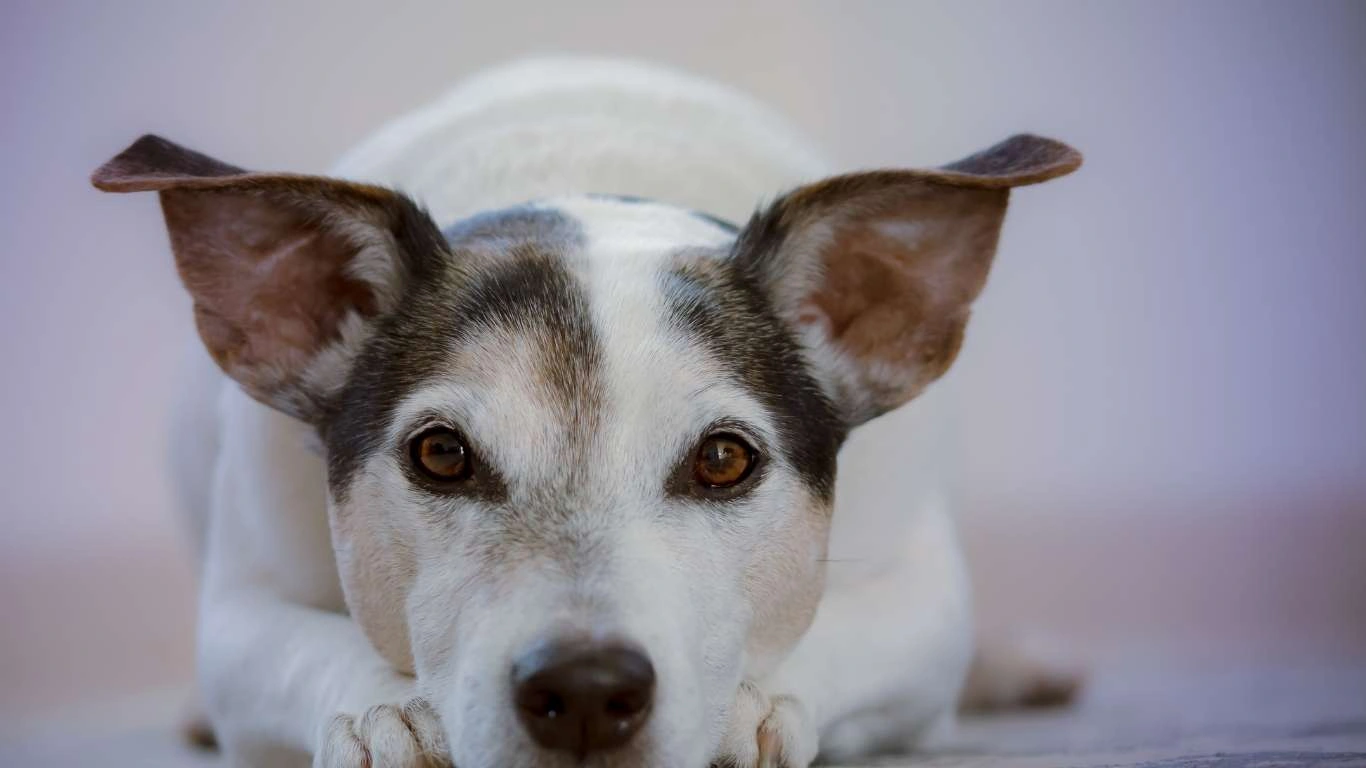
One of the most important lessons I learned working as an Animal Care Specialist is that feeding dogs prone to obesity is an ongoing process. You can’t just set a diet, hope for the best, and forget about it. Regular monitoring and adjustments are essential to ensure your dog is on the right track and staying healthy.
Tracking your dog’s weight every few weeks helps you see whether the diet and exercise plan is working. If the weight isn’t coming down or your dog seems lethargic or hungry all the time, it might be time to tweak portions or switch foods. I always recommend checking in with your veterinarian for guidance and to rule out any underlying health issues that might be interfering with weight loss.
Another handy tip I picked up is to use a simple body condition scoring system, which helps you assess whether your dog is underweight, ideal, or overweight without relying solely on the scale. You can feel for ribs, look at waistlines, and watch for changes in energy and mobility.
Signs Your Dog’s Diet Might Need Reworking
- Consistent weight gain despite following the diet
- Visible signs of hunger or begging more often
- Lack of energy or reluctance to exercise
- Changes in coat quality or digestive upset
In shelters, we often had to adapt diets as dogs transitioned from the stressful shelter environment to calmer homes where their activity levels changed. What worked in one phase didn’t always work in another. Patience and flexibility are key.
The Role of Supplements in Managing Canine Obesity

Sometimes, diet and exercise alone aren’t quite enough to tackle obesity, especially if your dog has joint pain or other health concerns. That’s where supplements come in. Over the years, I’ve seen many dogs benefit from certain supplements that support weight loss and overall health.
Glucosamine and chondroitin are common joint-support supplements that can make a huge difference for overweight dogs dealing with arthritis or mobility issues. Keeping your dog comfortable encourages more activity, which helps with weight management.
Omega-3 fatty acids are another powerful supplement, known for their anti-inflammatory benefits and ability to promote a healthy coat and skin. Plus, they can support heart health, which is especially important in dogs carrying extra weight.
Probiotics can also play a surprising role. A healthy gut flora can improve digestion and nutrient absorption, which might help regulate weight better.
Always chat with your vet before adding supplements, though—because more isn’t always better, and some supplements can interact with medications or cause unwanted side effects.
Helping Your Dog Stay on Track: Lifestyle and Support
Beyond food and exercise, creating an environment that supports healthy habits is essential. I can’t tell you how often I’ve seen dogs sneak extra food from counters, get “special treats” from well-meaning family members, or experience stress that triggers overeating.
Here are some tips to help your dog stay on track:
- Keep temptation out of reach: Store food and treats securely and avoid feeding from the table.
- Involve the whole family: Everyone should be on the same page to avoid accidental overfeeding.
- Make exercise fun: Switch up activities to keep your dog engaged and excited to move.
- Manage stress: Dogs can overeat when anxious, so calm spaces and mental stimulation are important.
From my shelter days, I remember a dog named Rosie who was a notorious food thief. It took a team effort from staff and volunteers to change her environment and routine. With consistent care, she lost weight and became more energetic and playful. It’s proof that with the right approach, even stubborn cases can improve.
References
- American Animal Hospital Association (AAHA)
- American Veterinary Medical Association (AVMA)
- American Gastroenterological Association
Disclaimer
This article is intended for informational purposes only and is not a substitute for professional veterinary advice. Always consult your veterinarian before making significant changes to your dog’s diet, exercise routine, or supplement use, especially if your dog has underlying health conditions.
